Bleak Outlook
The Phillies were coming off a last-place finish the previous season and the outlook for the new season wasn’t much brighter.
The team consisted of:
- Aging veterans.
- Rag-tag journeymen who never were very good – nor would they ever be.
- First-year and second-year players who may – or may not – ever evolve into legitimate big leaguers.
Anyone managing this team had no chance of escaping last place.
Season Opener
The season opened on the road in Cincinnati.
Let’s take a look at the Phillies starting lineup:
• Joe Koppe SS – I’m guessing most of you never heard of Joe Koppe. He bounced around for eight seasons and compiled a .236 lifetime average. As a leadoff hitter, he struck out 50 percent more often than he walked and was caught stealing almost as often as he was successful. Which wasn’t very often – just 16 steals lifetime.
• Al Dark 3B – Alvin Dark had been an All-Star shortstop and .300 hitter, but that was back with Willie Mays and the New York Giants during the early 1950s. At 38, he was playing out the string and no longer had the range to play short. A former quarterback at Southwestern Louisiana Institute, he was drafted by the Philadelphia Eagles in the 1945 NFL draft. He had a brilliant baseball mind, would become the manager of the San Francisco Giants the next season, and manage in the big leagues for 12 seasons. He won the NL pennant with the Giants in 1962 and led the Oakland A’s to the World Series championship in 1974.
• Tony Curry RF – Tony Curry was a 22-year-old rookie from Nassau. A left-handed batter, he would collect a total of 73 hits during his short career. Enough said.
• Ed Bouchee 1B – Ed Bouchee was a fourth-year first-sacker who finished second in the Rookie of the Year voting in 1957. But during the off-season, he was arrested for exposing himself to youngsters – a situation that actually turned out being beneficial to the Phillies. The outrage that followed was sufficient to prompt the Phillies to trade him to the Chicago Cubs on May 13. Bouchee and pitcher Don Cardwell went to the Cubs in exchange for backup catcher Cal Neeman and sparkplug second-baseman Tony Taylor – who would go on to become one of the Phillies all-time favorite players.
• Pancho Herrera 2B – Hullabaloo followed Pancho Herrera throughout the minors as he worked his way up the Phillies ladder. He was supposed to become a power-hitting first-baseman, but he never panned out. He lasted just two seasons and hit a total of 31 homers.
• Harry Anderson LF – A West Chester grad, Harry “The Horse” Anderson was billed as a power-hitting left-fielder. In fact, in his second season with the Phillies – 1958 – he looked like the real deal. He batted .301 with 23 home runs and 97 RBIs. But he slumped to .240, 14, and 63 in 1959 and wound up on the trading block. He was part of a Trading Deadline deal that sent him to the Cincinnati Reds along with pitching prospect Fred Hopke and aging slugger Wally Post in exchange for outfielders Lee Walls and Tony Gonzalez – Gonzalez would become a Phillies mainstay in center field for nine seasons.
• Bobby Del Greco CF – Bobby Del Greco was a journeyman who survived nine seasons in the big leagues while compiling a .229 average, hitting 42 home runs, and stealing 16 bases in 31 attempts. Draw your own conclusions. A stop-gap at best, he became expendable as soon as the Phils acquired Tony Gonzalez in June.
• Jimmie Coker C – Jim Coker would bat .214 for the season, hit six home runs, and eventually lose the job to rookie Clay Dalrymple.
• Robin Roberts P – Future Hall of Famer and Whiz Kids ace Robin Roberts took the mound for the Phillies. He’d been a 20-game winner for six consecutive seasons – from 1950 thru 1955. But – now at the age of 33 – he’d been on the down-slide for the past four seasons. The year before he finished with a 15-17 record and 4.27 ERA. That said, he was still the ace of the staff.
Eddie Sawyer was the manager of this ball club.
Sawyer was in his second stint as a Phillies manager. Having guided the Whiz Kids to the 1950 pennant and an appearance in the World Series against the New York Yankees, he was a fan favorite. But the Whiz Kids fizzled in the years that followed and the Phillies fired Sawyer after going 28-35 over the first 63 games of the 1952 season.
But six years later and struggling in seventh place, the Phillies fired Mayo Smith and rehired Sawyer. It was hoped that he could once again transform the Phillies into pennant contenders.
But the gamble crapped out.
Sawyer went 30-40 in his first partial-season of 1958 and finished in last place in his first full season, 1959, with a record of 64-90. So now he was embarking on a new season.
In the top of the first inning of the 1960 season opener at Crosley Field, the Phillies parlayed a pair of walks, a wild pitch, and a single by Ed Bouchee to go ahead 2-0. And they added another pair of runs in the second on a Jim Coker triple, a single, a stolen base, and another single.
So it was 4-0 Phillies with Robin Roberts on the mound. Perhaps this was going to be a turn-around season after all.
But no.
Roberts got lit up for eight runs in four innings and the game turned into a 9-4 laugher for the Reds. The Phillies managed just six hits while committing three errors and doing some questionable base-running.
Phillies Manager Quits
Eddie Sawyer quit after that first game of the season.
“I’m forty-nine years old and I want to live to be fifty.” – Eddie Sawyer said after that first game.
After base-coach Andy Cohen managed the second game of the season – a 5-4 win over the Milwaukee Braves – Gene Mauch replaced Sawyer and served as Phillies manager for nine seasons. Which included the infamous 1964 season.
By the way, Ryne Sandberg quit yesterday as the Phillies manager.
[Header Photo is in the Phillies dugout during the 1950 World Series between the Whiz Kids and the New York Yankees. From left to right: Richie Ashburn, Curt Simmons, Eddie Sawyer, and Willie Jones.]
(Excerpted from 1964 – The Year the Phillies Blew the Pennant by Barry Bowe.)
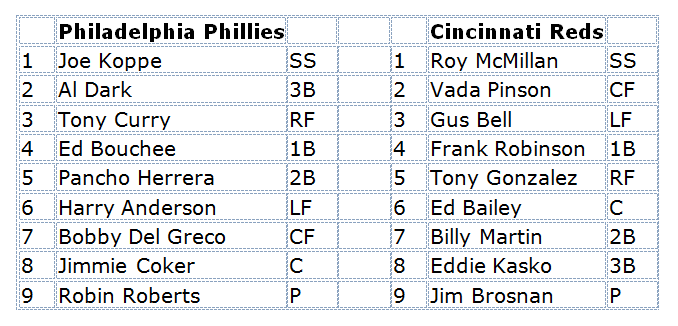
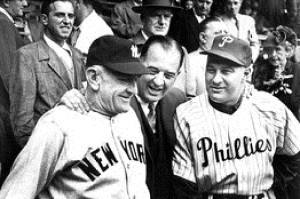
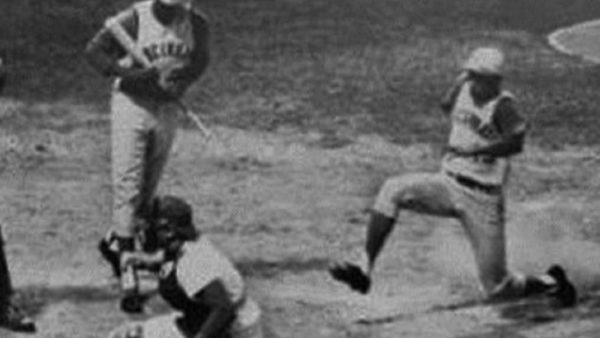
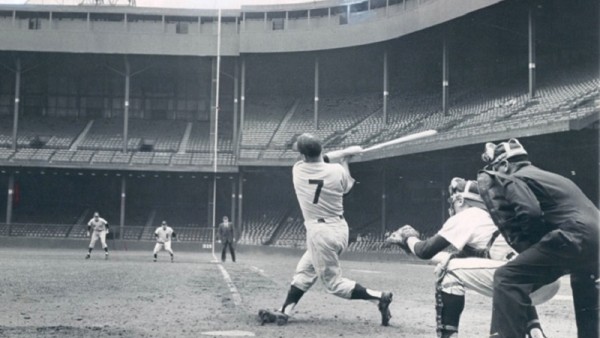
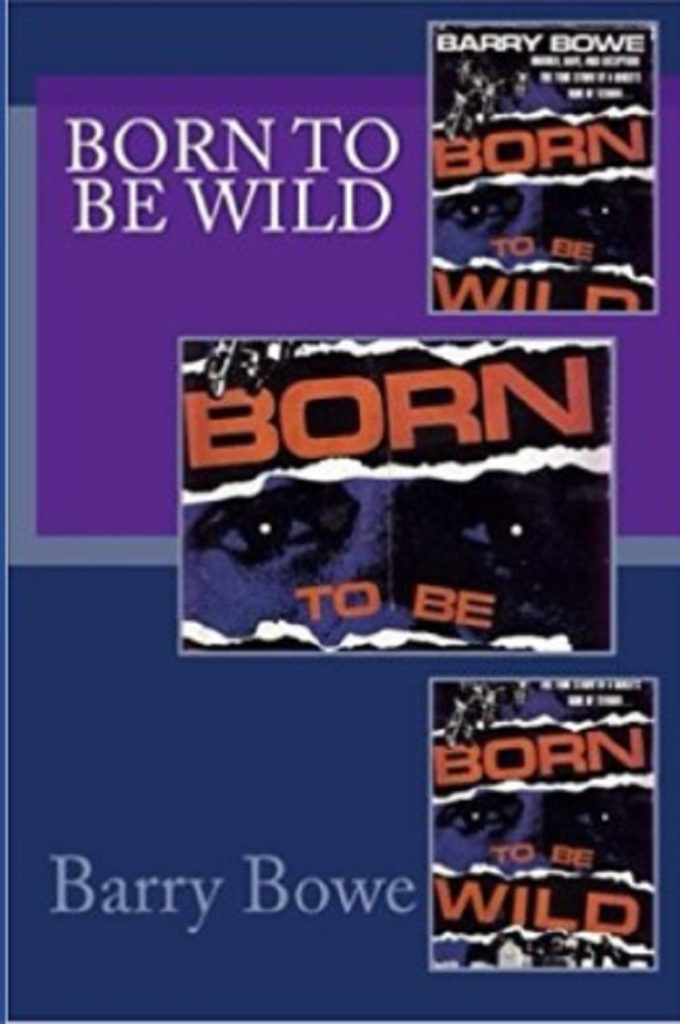
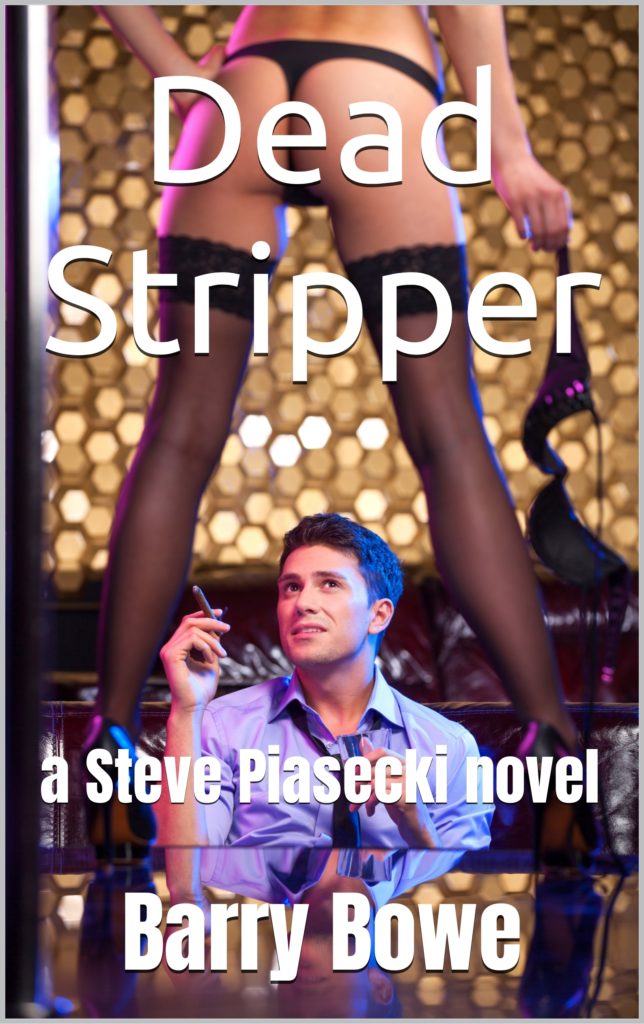
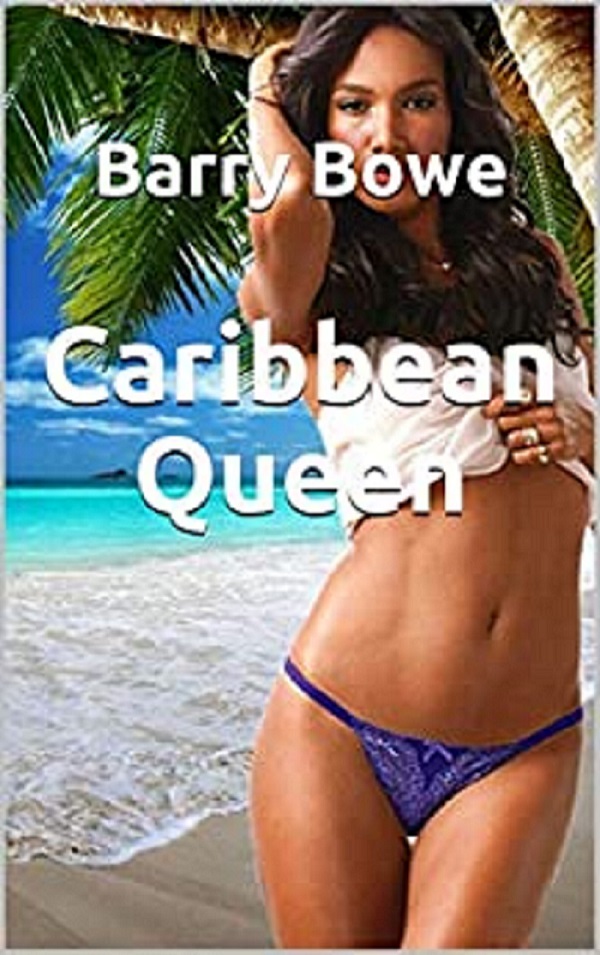
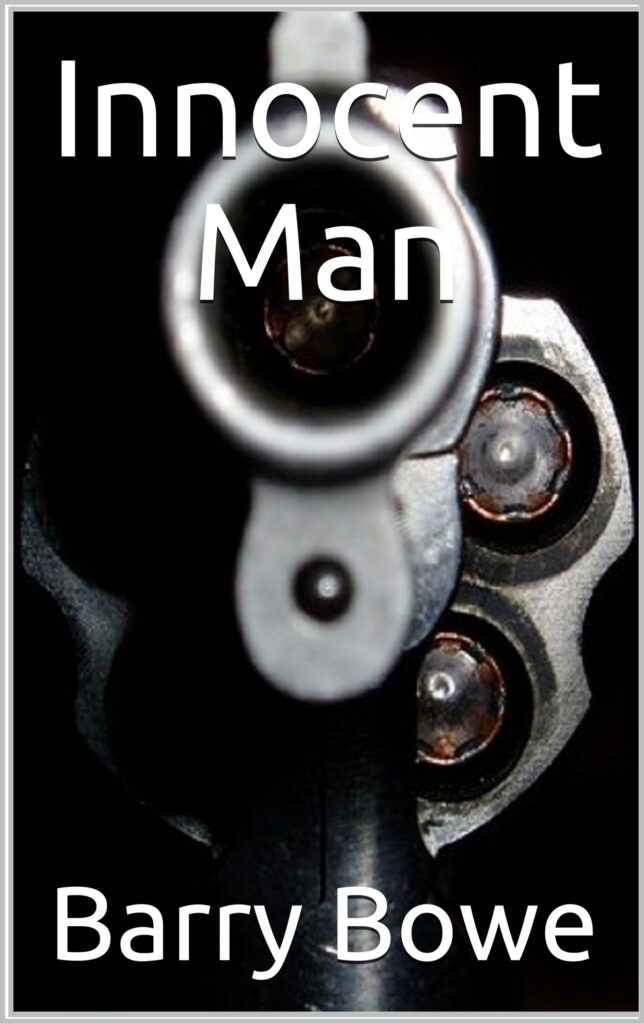
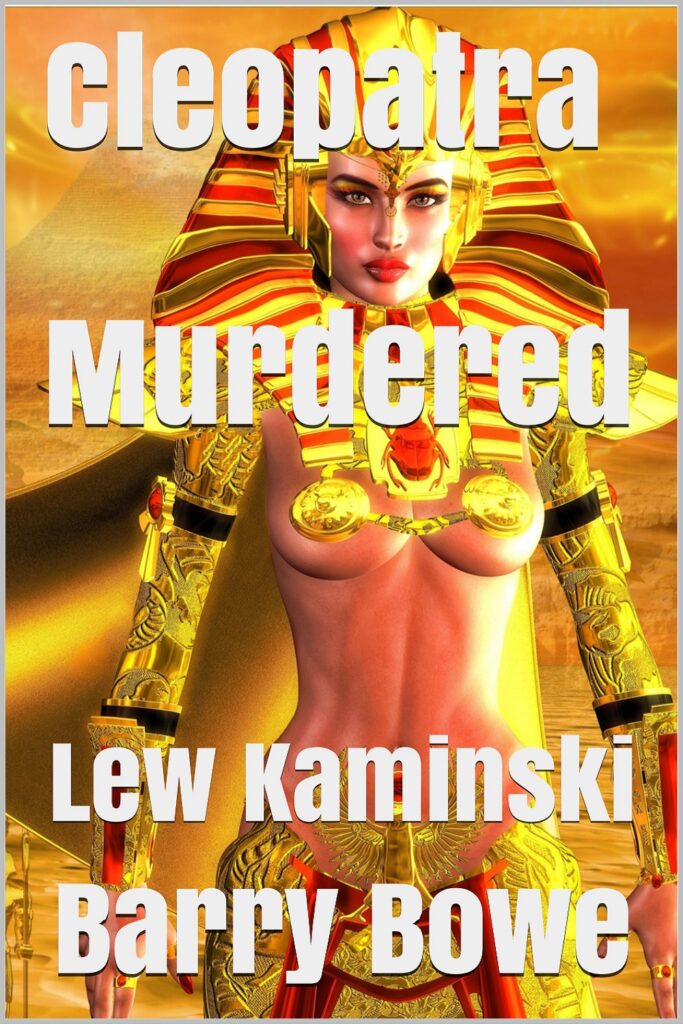
Good Phillies history here. Remember when the Phillies tried to underpay Tony Curry??
I remember being invited to a Phillies doubleheader in the late fifties at age 13 or 14. My recollection is that Joe Koppe lead off game one with a home run and I thought the Phil’s were on their way. Well, it wasn’t to be until 1964 which turned out to be the greatest thrill and most bitter disappointment of my life as a fan of Philadelphia sports.
Now, August 2021, I’m still a fan and have ‘80 and ‘08, and not a whole lot more.